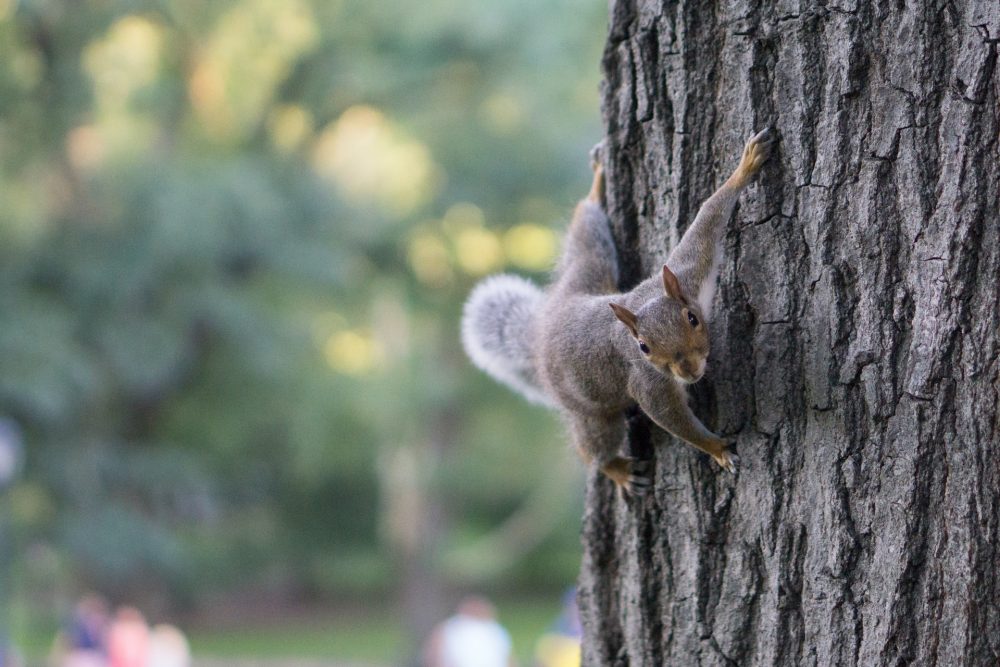SCIENTISTS have claimed that tree dwelling rodents have evolved to have bigger brains than their burrowing cousins according to a new study.
The study suggests that the greater brain power has given squirrels the abilities needed to survive in woodland habitats.
The researchers have also revealed how rodents brains have evolved from around 50 million years ago.

Researchers from the University of Edinburgh used CT scans of skulls from 38 living and extinct rodent species to examine how the animals’ brains have changed over time.
The data shows that rodents’ body mass, lifestyle and evolutionary history have affected the overall size of their brains and specific regions within it.
The relative brain size of tree squirrels has increased over time, driven largely by a sharp fall in their body mass, the team says.
Two key regions of the brain – including the neocortex, which is involved in vision and motor skills – also became larger in species living in trees.
The petrosal lobules – which help with stabilising eye movements as the head rotates and tracks moving objects – also increased in size.
Enlargement of these regions has helped tree-dwelling rodents adapt to life in complex environments, the team says.
By contrast, these parts of the brain are smaller in squirrels’ closest living relatives – mountain beavers, which live in burrows – and some extinct rodent species that had a similar lifestyle.
This is likely because burrowing rodents spend most of their time underground with little light, meaning good vision might be less crucial for them, than those in trees.
Dr Ornella Bertrand, of the University of Edinburgh’s School of GeoSciences, who led the study, said: “Squirrels’ ancestors were at an important juncture 34 million years ago.
“They were smaller than their closest extinct relatives, and there were far fewer primates living in trees than today, which opened up a new niche for them.
“When trees became available to them, squirrels’ ancestors seized the opportunity.
“This transition was a key evolutionary step for squirrels as it enabled them to acquire larger and more complex brains.”
The research, published in the journal Communications Biology, was supported by a Marie Sk?odowska-Curie Actions Fellowship, European Research Council, National Agency for Research and Development, Leverhulme Trust and Natural Sciences and Engineering Research Council of Canada.
The study also involved a researcher from the University of Toronto, Canada.

